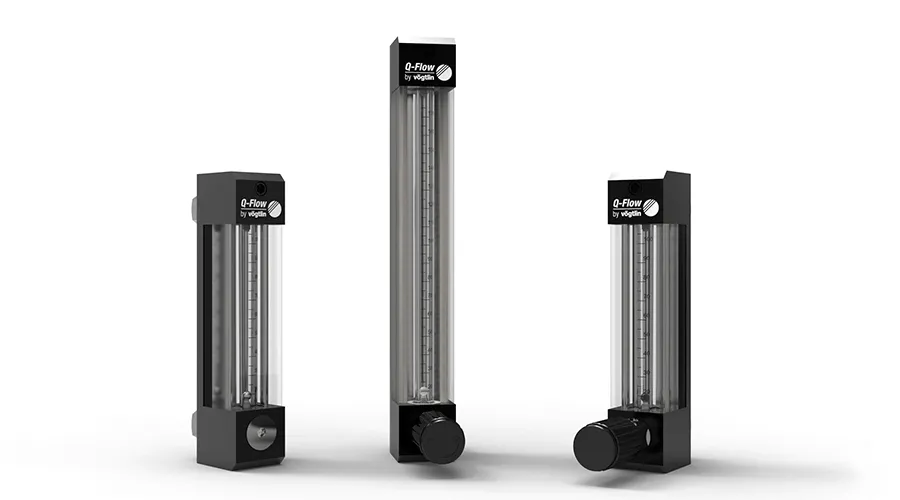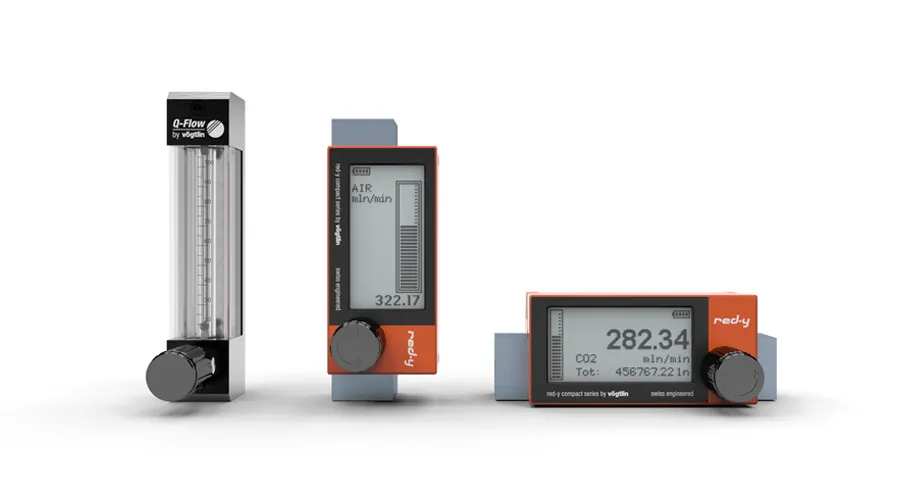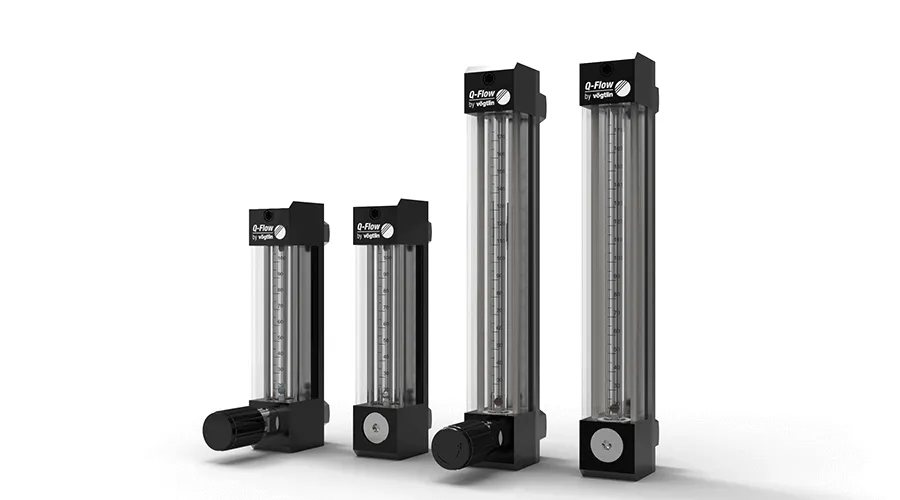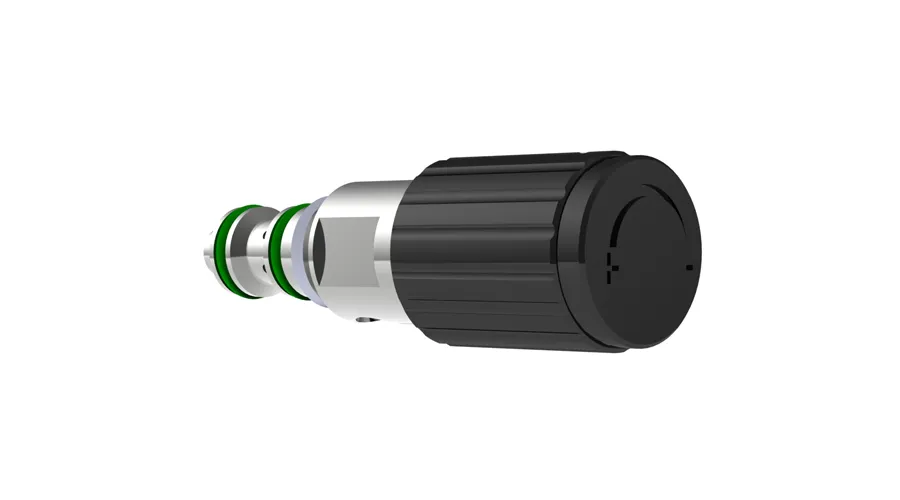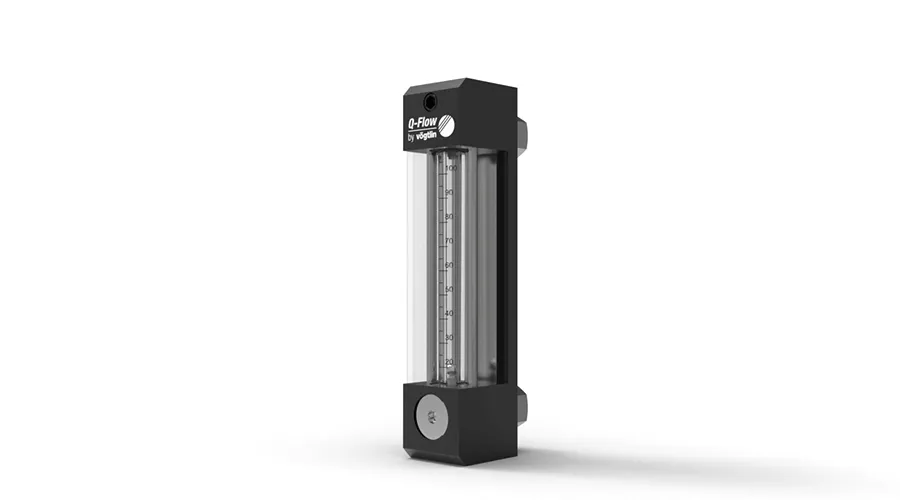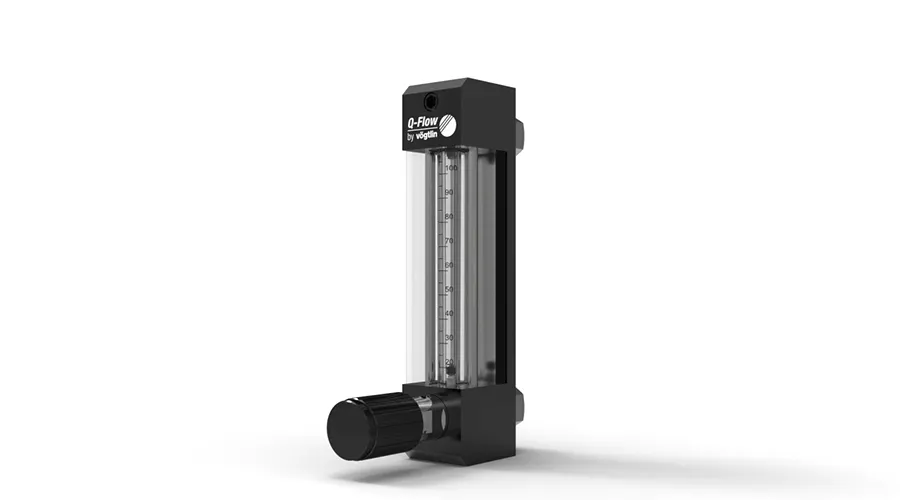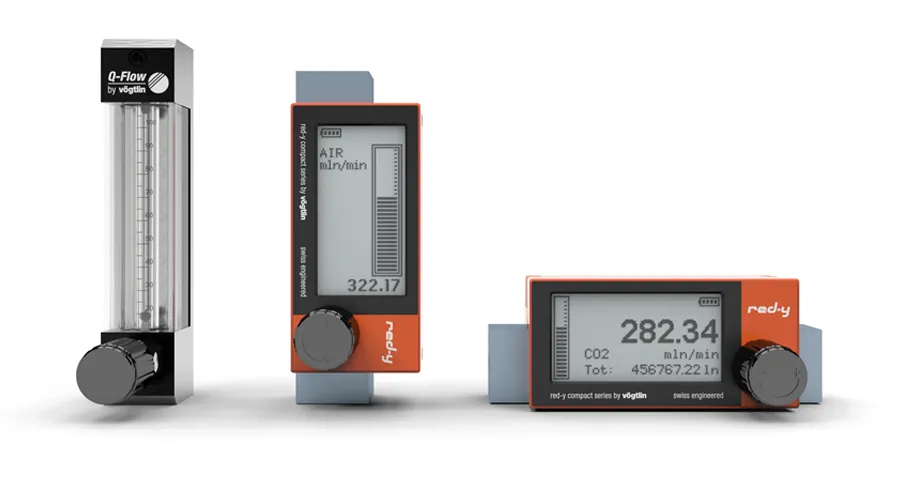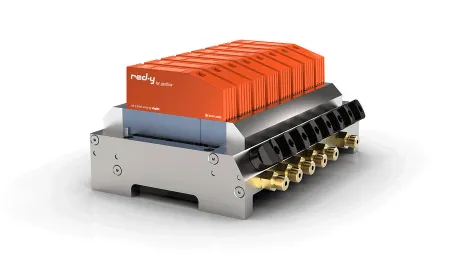If you use gas from a bottle which is clean and dry, there is, in general no need for a filter.
However, there is a risk during start-up of the devices, because dirt particles could be present in the line. It is recommended to install a bypass system, so that the line can be rinsed or can be exposed in response to possible repairs.
In the event that ambient or compressed air is used, the installation of a moisture and dust filter is strongly recommended.
